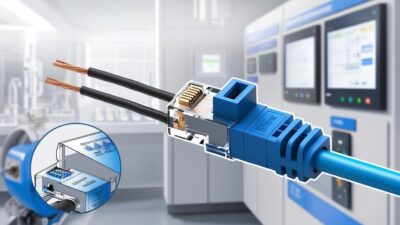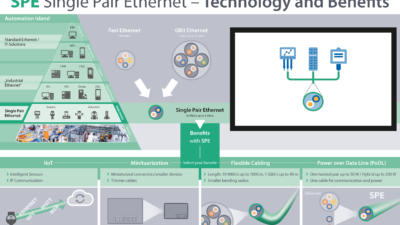Indiana University network engineers are collaborating with Ciena, Internet2, and ESnet to power the Monon400 network and will stretch from Chicago to Dallas.

Indiana University network engineers are collaborating with Ciena, Internet2, and ESnet to power the fastest network ever built for research and education.
The Monon400 operates over 400G channels and can transfer a 4K resolution movie in about one second. The network can be upgraded to a maximum capacity of 25.6 terabits-per-second, which is roughly 32 times its current speed.
For scientists and researchers, Monon400 will enable high-speed sharing of massive amounts of data created by modern digital instruments like gene sequencers, powerful microscopes, and the Large Hadron Collider.
The Monon400 will run over a dedicated 100G circuit provided by the U.S. Department of Energy’s science network, ESnet, stretching from Chicago to Dallas. Indiana GigaPOP will use this circuit combined with three shared 100G circuits, two from Internet2 and one from CenturyLink, to complete the 400G capacity.
“The SC18 demonstration is just the first example of what the Monon400 will enable through the high-speed, low-latency network connectivity we have built in Indiana,” said Marianne Chitwood, director of I-Light, Indiana’s statewide higher education optical fiber network, and the Indiana GigaPOP. “Researchers will be able to do high-performance data transfers at much higher speeds than before—all because Monon400 has been built with the research community and its requirements in mind.”
The current Monon100 runs from Indianapolis to Chicago, linking the Indiana GigaPOP with Internet2 and Big Ten Academic Alliance, national research and education networks. The Indiana GigaPOP, a partnership of Indiana University and Purdue University, serves as the network hub for the state’s colleges and universities. The resulting programmable infrastructure will enable the use of 400G channels connecting Indianapolis to Chicago with full visibility into network efficiencies.
“High performing networks that have the ability to scale are imperative in the research and education networking community,” said Rod Wilson, chief technologist for research networks at Ciena.
– Edited by CFE Media. See more Control Engineering industrial networking stories.


